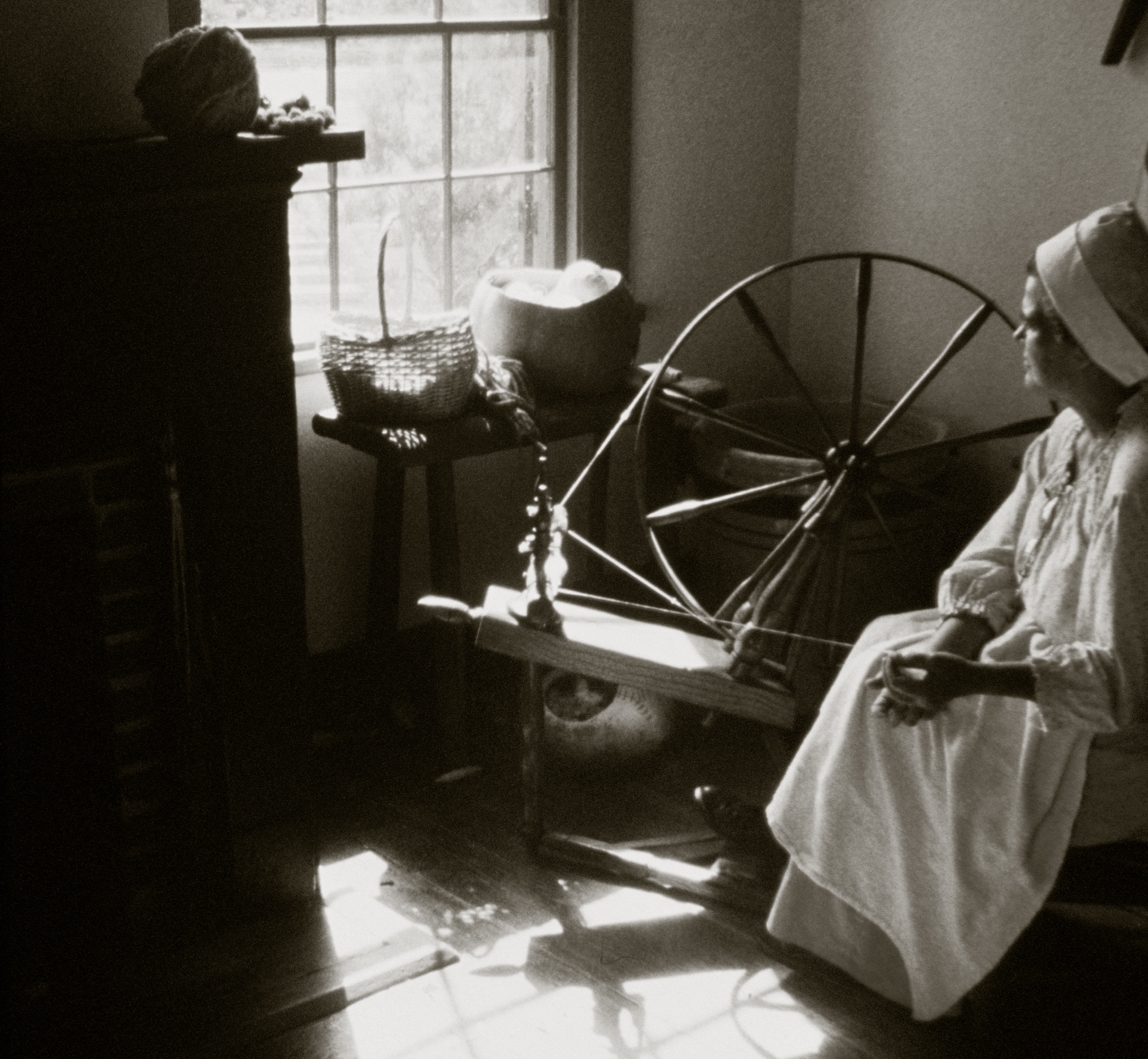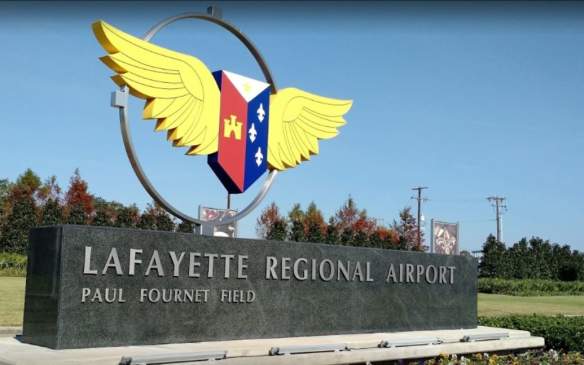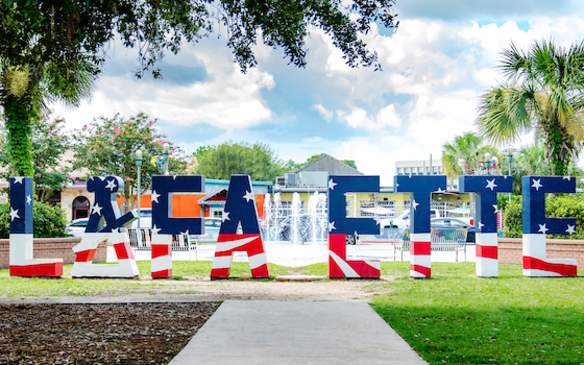Your browser is not supported for this experience.
We recommend using Chrome, Firefox, Edge, or Safari.
What Is Cajun?
The word Cajun began in 19th century Acadie. The French of noble ancestry would say, "les Acadiens", while some referred to the Acadians as, "le 'Cadiens", dropping the "A". Later came the Americans who could not pronounce "Acadien" or "'Cadien", so the word, "Cajun" was born.
The first known inhabitants known to have populated the Lafayette, LA area were the Attakapas Indians in the 1700s. The tribe was very powerful and feared by other Indians. The Attakapas dominated until three opposing tribes, the Opelousas, Alabamons and Choctaws, united in battle and conquered their opponent.
The exact date when the first European settlers reached the Lafayette, LA area is not known. Early historians report that a few trappers, traders and ranchers were present in the region prior to the Spanish occupation of 1766. A census conducted in 1769 by Spanish Governor O'Reilly indicated a population of 409 for the area.

The historical event of the 18th century which had the greatest cultural impact on Lafayette, LA was the migration of the Acadians from French Canada. Approximately 18,000 French-speaking Catholic inhabitants settled Acadie (now Nova Scotia) in 1605 and lived there under French rule until 1713 when the region went into English hands.
Faced with the refusal of the Acadians to pledge allegiance to the British crown and Anglican Church, English Governor Charles Lawrence took action. Acting on his own and not under orders from the crown as he professed, he gave the orders that led to the expulsion of the Acadians in 1755, also known as "Le Grand Derangement."
Families were separated and as the Acadians went to sea under dreadful conditions, more than half lost their lives. The exiles ended up in many locations and in 1784, the King of Spain consented to allow them to settle in South Louisiana. The Acadians then joined a scattering of their people who had arrived as early as 1765 from the Caribbean and the East Coast.
Some exiles settled at various locations along the Eastern Seaboard of the United States, but most followed the path which led to New Orleans. There they received a hostile greeting from the French aristocracy so they headed west into unsettled territory. They settled along the bayous of south central and south western Louisiana where they could live according to their own beliefs and customs.

The first settlement, known as Petit Manchac, was established by the English who used it during the Revolutionary War as an outpost. It constituted a small trading post on the banks of the Vermilion River where the Old Spanish Trail crossed the bayou (about where today's Pinhook Bridge is located). The village also came to be known as Pin Hook, a name about which many stories of origin exist.
The years of 1765-1785 marked the great immigration period of the Acadians and many land grants were given by the French and Spanish governments. As a result of the Treaty of Fountainebleau in 1762, Louisiana went from French to Spanish rule. The Spanish actually took possession in 1766. The French Revolution of 1789 had its effect on Lafayette, LA as many French Loyalists fled to Louisiana to settle. With the Louisiana Purchase of 1803, Louisiana then became possession of the United States.
More specifically for Lafayette, LA, in 1821, Jean Mouton (an Acadian) donated land for the construction of a Catholic church. On May 15, 1822 Bishop Duborg created the church parish of St. John the Evangelist of Vermilion which encompassed the area from Mouton's plantation south to the Gulf of Mexico and west to the Sabine River.
A settlement grew around the church and on January 17, 1823, the Louisiana Legislature created Lafayette Parish from the western portion of what was St. Martin Parish. Mouton made a second land donation to the new community, this time for a courthouse. The town of Vermilionville became the new parish's seat. The settlement grew and the town of Vermilionville was renamed Lafayette in 1884 in honor of the French Marquis de Lafayette.
Inspiration Journal
Lafayette's blog showcasing the food, music, culture and history at the heart of Cajun & Creole Country.
See All PostsFarmers Markets in Acadiana
Farmers markets in Lafayette and the surrounding areas offer a vibrant glimpse into the region's rich agricultural traditions and cultural diversity. From the fields of the…
Lafayette Weekly
A weekly curated playlist by local musician Philippe Billeaudeaux featuring music by Lafayette, LA musicians with a weekly rundown of live music happening in and around the area…
Cajun Music
Cajun music is a central component and marker of Cajun identity and culture in southwestern Louisiana. Largely accordion and fiddle-based and primarily sung in vernacular French…
Cajun & Creole Instruments: Accordion
A relatively recent invention, the bellows-driven, vibrating reed squeezebox known as the accordion, was first manufactured in Germany and later in Russia in the 1820s. It is…
Getting to Lafayette
The city of Lafayette, LA is located in the center of Lafayette Parish at the intersection of I-10 and I-49 between New Orleans and Houston and only 35 miles north of the Gulf of Mexico.








